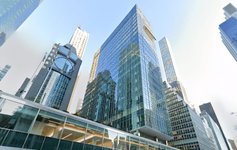
Why Skyscrapers Became Glass Boxes


Why do we build such ugly stuff these days?
Look around: buildings, benches, and doors increasingly feel rushed and disposable. Somewhere along the way, we traded beauty for efficiency and craft for convenience.
And so, I've produced the film below.
To make it,... See more
David Perellx.comWhen the architect Cass Gilbert described the skyscraper as a “machine that makes the land pay” in 1900, the pressure was growing for architects to build and design ever-faster. He set the stage for a century’s worth of discourse about the relation of building and land, one in which a building simply multiplies the value of a plot of land in the... See more